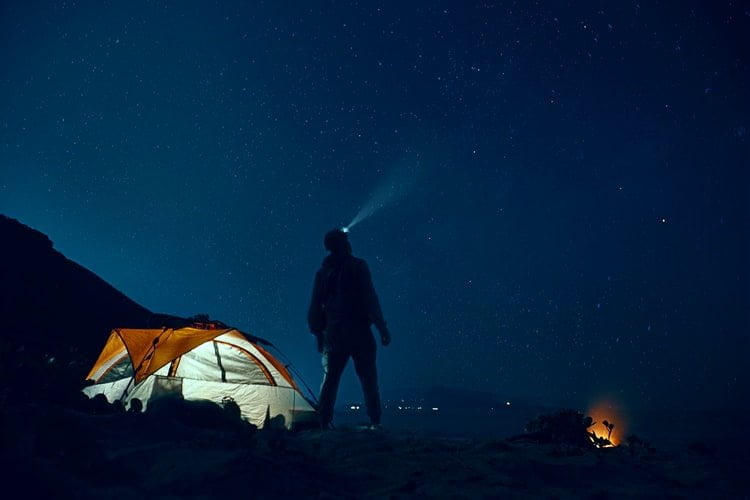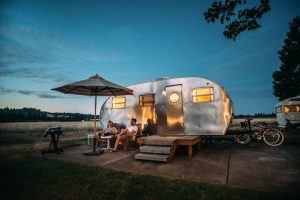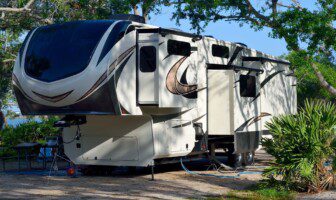
Camping in developed campgrounds packed with amenities gets more and more popular these days. However, if you don’t like crowds and are ready to sacrifice a shower and a sink for the sake of peace and tranquility, backcountry camping is what you need. It is an opportunity to access remote patches of wilderness and enjoy more space, fewer crowds, and plenty of options for where to set up a tent.
3 Essential Supply For Camping
If you’ve decided to give backcountry camping a go, remember that it’s crucial to approach it responsibly. It doesn’t have to be difficult, but it will challenge you in a different way, and it requires some knowledge and preparation.
Here are three essential items which need better considerations for camping.
1. Sleeping Arrangement
It goes without saying that the most important thing you’ll need on your backcountry trip is a reliable tent to shield you from the elements. While choosing a tent for your wildlife adventure, take into account how many campers it will have to accommodate and the season you’re going to use it in.
No one knows when you’ll want to set off for backcountry camping next time. So consider getting a sturdy 4-season tent. Check out the collection of the best backcountry hunting tents to find one that will best meet your needs.
A word of advice: Whatever tent you choose, practice setting it up before you go into the backcountry. This way, you’ll avoid troubles on your trip and make sure that all the parts are there.
Of course, you’ll want a cozy sleeping bag to jump into when the night falls. Among the variety of bag shapes, pick the one you like most. However, if you’re hesitating between a down or synthetic sleeping bag, it’s a better idea to get a synthetic one. The thing is that when the down gets wet, it’s way heavier and fails to keep you warm, unlike the synthetic material. Also, take care to place a sleeping pad below your bag.
2. Food And Eating
For a short camping trip in the warm season, you might get away with food that doesn’t need to be cooked, for instance, salami, cheese, bagels, peanut butter, granola bars, apples, nuts, and seeds. For colder weather, take care of hot drinks and instant soups to warm you up. For example, you can pack granola or oatmeal and eat them with dried fruit for breakfast.
If you plan a more extended trip, be ready to cook. Don’t panic: you can still keep your camping meals simple, like adding water to a freeze-dried meal or cooking pasta and seasoning it with ready-made sauce and cheese.
There are several ways to cook your meals in the wilderness, and many lightweight stoves make it easy. Of course, you can try cooking over a wood fire, but remember that it takes practice. Cooking on a stove is safer and quicker, so consider getting a stove if you’re a backcountry beginner. Have a look at the collection of stoves at hot-tent.com.
3. Safety Measurement
Dehydration is very dangerous, so make sure you’ll have enough water to drink. If you plan to drink from the nearby water sources, remember to treat this water. You can bring a filter, but it’s also a good idea to go for chemical treatment: tablets that you add to a bottle to purify the water. Another popular way to decontaminate water is to boil it. However, don’t forget to bring extra fuel for that.
It’s imperative to learn about the backcountry camping environment and its potential dangers before you set off. Depending on your destination, you might need to know what to do in case of a flash flood or a thunderstorm, how to avoid snakes and scorpions, how to prevent and deal with altitude sickness, how to keep your food away from bears, etc.
Next, you’ll need to bring a well-stocked first-aid kit. Hopefully, you won’t use it, but it will give you peace of mind, agree? Things happen, and you or other campers can get small scratches, blisters, or burns.
Finally, tell your friends and family where you go, and take a phone and a power bank to keep in touch.
Choose The Right Camping Site
While choosing a camping destination, it’s recommendable for beginner campers to pick a backcountry camping site or the camping ground in a park. A near-up camping destination will provide you with the opportunity to explore the place and use your gear.
It’s a good idea to go to a popular backcountry camping destination as you can find a lot of information about the place and know what to expect.
Finally, why not visit one of the national parks? Many of them offer remote, backcountry camping spots. Keep in mind that most backcountry camping grounds in national parks require special camping permits that help regulate the number of visitors. In addition, the campgrounds have many protocols and protection rules to control the visitor’s presence in the park and protect the peaceful wildlife. Read about the best backcountry options in the U. S. national parks in this National Geographic article.
The Fundamental Arrangements For Camping
Remember that knowledge and skills are no less essential than gear in backcountry camping. To be safe and comfortable, you’ll need to practice some basics. Here’s a list of skills that will help you travel safely and enjoy your experience.
- Setting up a tent
- Water decontamination
- Weather warning signs and safety
- Navigation with map and compass
- Cooking over a fire or camp stove
- First aid and prevention
Wrapping It Up:
Backcountry camping is sometimes challenging. However, nothing can be compared to sleeping under the stars. We hope you’ll have one of the most magical and memorable experiences. So get out there and have fun!
Read Also:































